This article was co-authored by Nicole Barile, PhD, NTP and by wikiHow staff writer, Kira Jan. Dr. Nicole Lippman-Barile is a Licensed Clinical Psychologist and a Nutritional Therapy Practitioner (NTP) who practices in New York. As a psychologist, she specializes in treating anxiety and mood disorders, Obsessive-Compulsive Disorder (OCD), and related compulsive disorders. As a nutritional therapist, Dr. Lippman-Barile specializes in treating blood sugar dysregulation, digestive health, and mood disorders related to food. She holds a PhD in Clinical Psychology from Hofstra University and a Nutritional Therapy Practitioner Certification from the Nutritional Therapy Association.
There are 13 references cited in this article, which can be found at the bottom of the page.
This article has been viewed 4,099 times.
It’s incredibly difficult to watch someone you love struggle with hoarding disorder. What can you do to help? And what can you do to stop enabling their behavior? It might feel overwhelming and, at times, frustrating to get a hoarder to change. But with empathy, support, and psychology-backed intervention techniques, you can make a difference. We’ve created a complete guide to help you understand hoarding disorder and help people struggling with this complex situation.
Steps
How to Help a Hoarder
-
1Examine how your own behavior might contribute to the problem. It’s completely natural to accidentally fall into routines that enable hoarding—especially when it’s someone you care about. Oftentimes, these enabling behaviors are things you alter about your own life to accommodate the other person. Ask yourself, “How do I change my routines to adapt to this person’s hoarding disorder?” You can stop enabling a hoarder by:[7]
- Setting a boundary that they can’t store possessions at your house
- Swapping gift-giving for other ways of expressing affection
- Steering clear of shopping trips with the person
- Refusing to pay for a storage unit where they can store more things
- Talking openly and kindly about the issue rather than ignoring it
-
2Empathize with the person who’s struggling with hoarding disorder. You’re more likely to get a hoarder to change through gentle encouragement. After all, underneath the clutter, there’s a real person who’s likely struggling with depression and anxiety. Try to put yourself in the shoes of your loved one, and understand the emotional attachment they have to their things. Here are a few concrete ways to show empathy:[8]
- Listen to how they talk about their possessions and use the same terminology they use. Try to avoid judgemental words like “junk” and “trash.”
- Ask questions rather than making statements about their life. For instance, “How do you feel when other people see your house?” rather than “No one should live like this.”
- Remind them what you love about them. People with hoarding disorder often struggle with social isolation.[9]
- Always take a moment to pause and think before sharing whatever is on your mind. It's important to consciously think about how to say something in a more rational and productive way.
-
3Frame the issue as a concern for their safety. Instead of framing hoarding as a situation that no one should live in, frame it as a potential safety risk. You could emphasize your concern over potential accidents or fire hazards in a cluttered space. This approach is called “harm reduction,” because it’s a strategy aimed at reducing the damage hoarding inflicts on the hoarder’s life rather than completely “curing” the disorder. Emphasizing safety as the main reason to change will also reduce the amount of judgment the hoarder feels.[10]
- “I’m worried about the stack of books blocking the door because I want you to have an easy way to get out if there’s a fire. Could we work together to sort through those?”
- “I noticed the spoiled food in the fridge, and I’m concerned about you getting sick. Could we clean it out together?”
- “I’m worried about a fire. Could we move the newspapers away from your stove?”
-
4Let them get rid of possessions at their own pace. People with hoarding disorder need to feel in control of their own recovery process. You should only get rid of a hoarder’s possessions if you have their consent. It can be extremely distressing to the person with hoarding disorder if you come in and start throwing things out.[11]
-
5Help them sort through their items. While you shouldn’t touch a hoarder’s possessions without their approval, you can offer to help. Help them decide what to throw out and what to keep by highlighting how their items contribute to the difference between the life they’d like to live versus their life now.[12] Hoarders often can come up with a multitude of reasons to keep things. But finding just one reason an item poses an issue can help a hoarder kickstart change.[13]
- For instance, if there’s a stack of boxes blocking the kitchen counters, you could ask, “Wouldn’t you like to be able to use your kitchen?”
-
6Set realistic expectations. For a hoarder, throwing away 1 piece of paper could be a huge emotional effort.[14] Throughout their recovery process, expect periods of progress and periods where the person seems completely demotivated. How can you help along the way? Stay encouraging and be patient, even if it seems like your loved one isn’t making progress. With your consistent support, they can start to make small day-to-day changes that’ll add up to bigger progress.[15]
-
7Celebrate their small steps towards recovery. Cleaning up can be completely overwhelming for hoarders. Whenever the hoarder makes any progress towards clearing a space or getting rid of items, be their biggest cheerleader. Let them know you’re proud of them, and remind them to consider what they’ve done as a huge achievement.[16]
-
8Encourage the hoarder to seek professional help. Cognitive Behavioral Therapy can help people with hoarding disorder work through their emotions and identify the root cause of the behavior. You can find a licensed mental health professional via a referral from your primary care physician, in your health insurance’s database, or through a free site like this one at Psychology Today. If your loved one is nervous about seeking care, here are ways you can help:
- Offer to drive them to appointments or go along with them.
- Encourage them to use Clutter Image Ratings or Hoarder Icebreakers from Hoarding Disorders UK as a way to talk to their doctor or psychologist about their situation.
-
9Stage an intervention if they resist treatment. If a person’s hoarding disorder poses a significant risk to their safety, you can recruit a mental health professional to help you stage an intervention. During an intervention, you and anyone else affected by the person’s hoarding disorder will explain your concerns. Then, using non-judgemental language, you’ll present a treatment plan with the help of a trained professional.[17]
- You can have the mental health professional present during the intervention to introduce them to the hoarder, or make the introduction afterward.
- Interventions are helpful when a hoarder doesn’t want help because it’s more difficult for a hoarder to minimize the problem when confronted with a group.
- Just keep in mind, a hoarder will need to fully commit to the treatment in order for it to be effective in the long run.
The Five Stages of Hoarding
-
1Level 1: Object Collection At this stage, the hoarder’s doors, windows, stairs, and hallways are still accessible. However, the person’s closets, cabinets, and shelves might be completely jam-packed with items. You might also notice the individual has trouble throwing things away or parting with possessions.[18] Here’s what else to look for:
- Light clutter
- No odors or animal waste
- No blocked entryways
-
2Level 2: Noticeable Clutter & Embarrassment With a Level 2 hoarder, you’ll notice clutter starting to block living areas.[19] The person with hoarding disorder might feel embarrassed about their space and avoid having visitors come over. Oftentimes, people at this stage will have an odor in their home. You can also look for:
- One or more blocked exits
- Malfunctioning appliances
- Poor ventilation
- Evidence of poor housekeeping (dust, mold, and mildew)
-
3Level 3: Heavy Clutter & Hygiene Issues At Level 3, clutter starts to overflow into the yard or outdoor space. At least one room won’t be usable at this stage. You’ll notice severe sanitation issues starting to pile up (like rotting food and mold). You might also see:[20]
- Overflowing garbage cans
- Piles of clothing and objects
- Signs of insect and rodent infestation
- Expired food and dirty dishes
-
4Level 4: Unusable Space & Structural Damage Level 4 hoarding is marked by large stockpiles of clutter to the extent that most of the living space is unusable. You’ll notice at least one blocked exit and one unusable bathroom or bedroom.[21] This stage poses severe health risks—both due to sanitation issues and the inability to exit in the case of an emergency.
- Blocked off exits, stairways, and hallways
- Active infestations
- Animal waste
-
5Level 5: Highly Unsanitary Conditions & Fire Hazards This is the most severe level of hoarding. It’s primarily marked by human and animal waste as well as structural damage to the building.[22] At this point, authorities often get involved (either due to animal abuse concerns or eviction). You might also find:
- An excessive amount of pets[23]
- Rotting food
- Damage to the floors or walls as a result of excess weight from clutter
References
- ↑ https://www.mayoclinic.org/diseases-conditions/hoarding-disorder/symptoms-causes/syc-20356056
- ↑ https://adaa.org/understanding-anxiety/obsessive-compulsive-disorder-ocd/hoarding-basics
- ↑ https://hoarding.iocdf.org/about-hoarding/do-i-have-hoarding-disorder/
- ↑ https://my.clevelandclinic.org/health/diseases/17682-hoarding-disorder
- ↑ https://www.helpguide.org/articles/anxiety/hoarding-disorder-help-for-hoarders.htm
- ↑ https://adaa.org/understanding-anxiety/obsessive-compulsive-disorder-ocd/hoarding-basics
- ↑ https://hoarding.iocdf.org/for-families/how-to-help-a-loved-one-with-hd/
- ↑ https://www.helpguide.org/articles/anxiety/helping-someone-with-hoarding-disorder.htm
- ↑ https://www.sane.org/information-stories/the-sane-blog/caring-for-others/five-tips-to-help-someone-who-hoards
- ↑ https://www.helpguide.org/articles/anxiety/helping-someone-with-hoarding-disorder.htm
- ↑ https://www.helpguide.org/articles/anxiety/helping-someone-with-hoarding-disorder.htm
- ↑ https://hoarding.iocdf.org/for-families/how-to-help-a-loved-one-with-hd/
- ↑ https://www.psychiatry.org/patients-families/hoarding-disorder
- ↑ https://www.sane.org/information-stories/the-sane-blog/caring-for-others/five-tips-to-help-someone-who-hoards
- ↑ https://hoarding.iocdf.org/for-families/how-to-help-a-loved-one-with-hd/
- ↑ https://www.mind.org.uk/information-support/types-of-mental-health-problems/hoarding/helping-someone-who-hoards/
- ↑ https://adaa.org/understanding-anxiety/obsessive-compulsive-disorder-ocd/hoarding-basics/staging-intervention
- ↑ https://hoarding.iocdf.org/about-hoarding/do-i-have-hoarding-disorder/
- ↑ https://www.mind-diagnostics.org/blog/hoarding-disorder/understanding-the-5-stages-of-hoarding
- ↑ https://www.therecoveryvillage.com/mental-health/hoarding/
- ↑ https://www.therecoveryvillage.com/mental-health/hoarding/
- ↑ https://www.mind-diagnostics.org/blog/hoarding-disorder/understanding-the-5-stages-of-hoarding
- ↑ https://www.mayoclinic.org/diseases-conditions/hoarding-disorder/symptoms-causes/syc-20356056


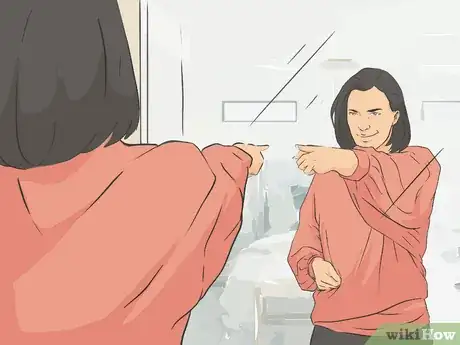
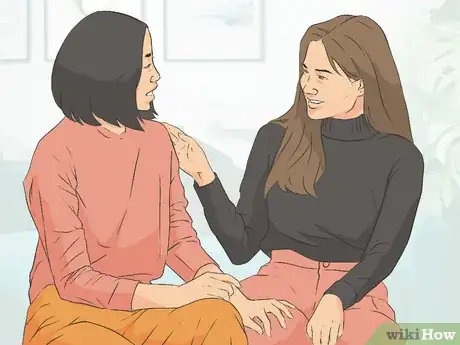
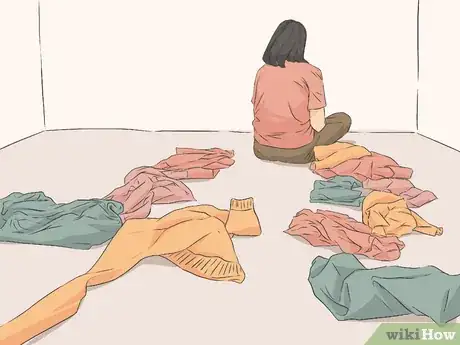
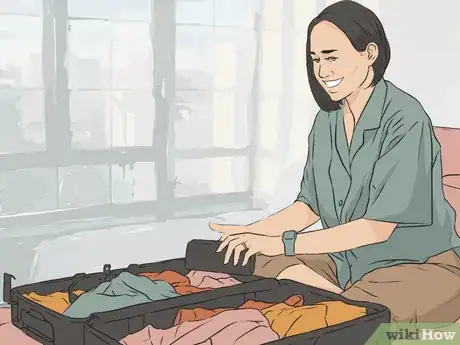
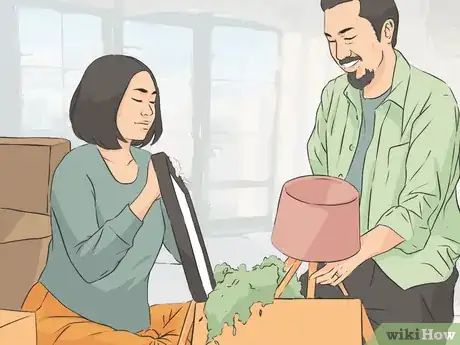

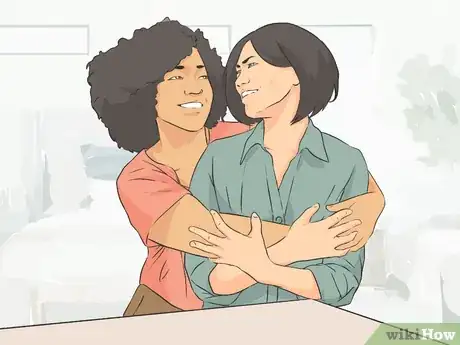

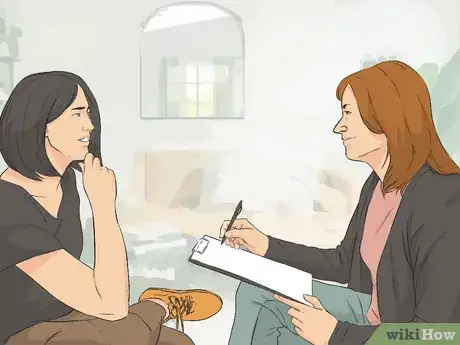
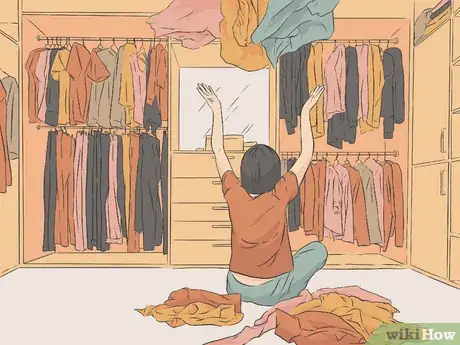
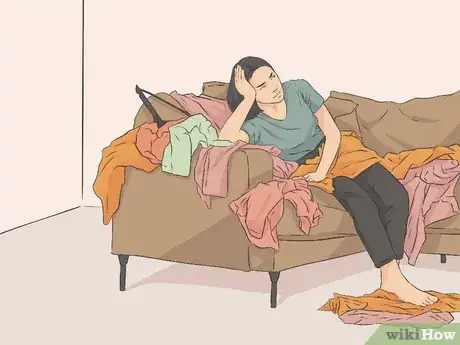
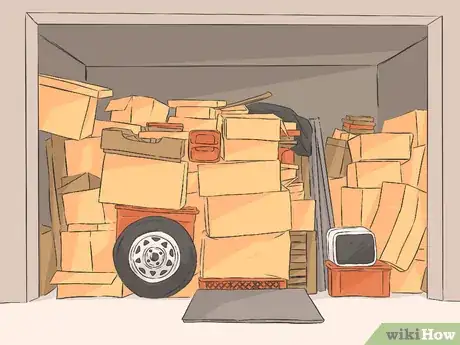

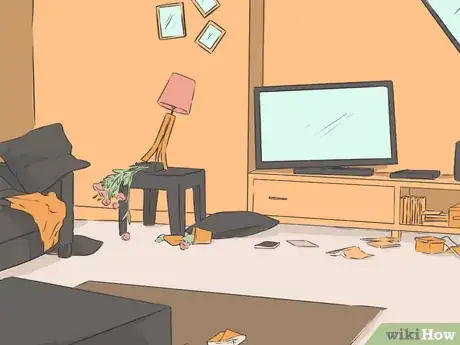

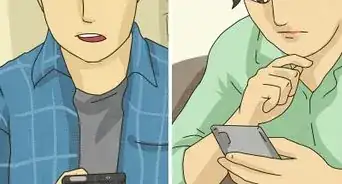

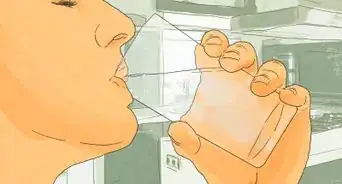




-Step-17-Version-2.webp)
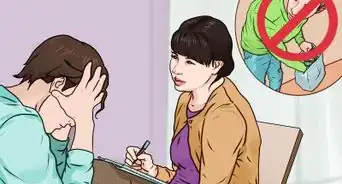
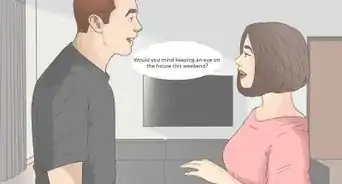

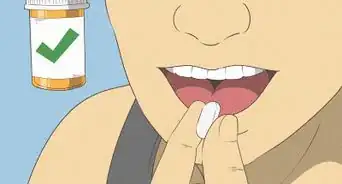











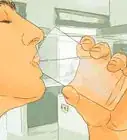



































Medical Disclaimer
The content of this article is not intended to be a substitute for professional medical advice, examination, diagnosis, or treatment. You should always contact your doctor or other qualified healthcare professional before starting, changing, or stopping any kind of health treatment.
Read More...